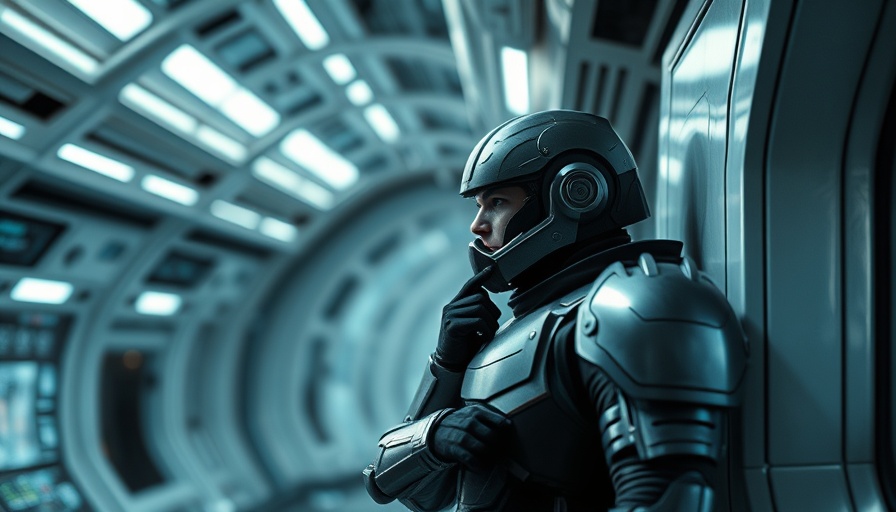
Is There a Disconnect in Adaptations?
The adaptation of Martha Wells’ The Murderbot Diaries series to Apple TV+ has sparked conversations about the challenges of translating literary characters to the screen. While adaptations can bring stories to new audiences, they also often elicit strong reactions from original fans, especially in a genre as nuanced as science fiction. The core of the conflict lies in how to maintain the unique tone of the original works while catering to a different medium's expectations.
The Resounding Sentiment of Sci-Fi Fans
Fans of Wells’ work are known for their passionate engagement, highlighting a crucial aspect of fandom: the desire for fidelity in adaptations. Wells’ novels, which have received numerous accolades like the Hugo and Nebula Awards, present a distinctive narrative voice through the character of Murderbot. Its dry humor and existential musings about freedom and identity resonate deeply, posing the question: can television capture that essence? The immediate reactions to the adaptation show that many viewers are hopeful, yet apprehensive, about how these beloved characters will be portrayed.
Character Interpretation: A Double-Edged Sword
The casting of Alexander Skarsgård as the titular Murderbot presents an interesting dichotomy. Known for his roles in True Blood and The Northman, his past performances set high expectations, making audiences question his fit for a socially awkward robot. As described in early reviews, the character's struggle with human-like emotions doesn't translate smoothly on screen. Also, the changes made to the supporting characters, like Mensah's transformation from a confident leader to an unsure figure, influence both the dynamics and the series' overall tone.
TV vs. Literature: The Medium's Impact on Tone
Television and literature cater to different storytelling techniques. Where a book can dwell in introspection, allowing for gradual character development and deep emotional resonance, TV often requires faster pacing and more visual stimulation. Consequently, adaptations like Murderbot face the challenge of condensing complex character interactions into digestible episodes without losing their essence.
The Future of Sci-Fi Adaptations
This situation raises questions about future trends in sci-fi adaptations. As we see more projects emerge, the industry must balance the need for creative reinterpretation with respect for the source material. Will we see more adaptations like this that diverge into new territory, or will filmmakers prioritize loyalty to original tones to satisfy fans?
Navigating the Line Between Fan Service and Storytelling
Understanding fan expectations forms the cornerstone of successful adaptations. Agility in storytelling combined with a sincere effort to capture the source material can result in respectful adaptations that resonate with existing fans while attracting new viewers. As demonstrated by the mixed reception of Murderbot, this balance is delicate and requires careful crafting.
Conclusion: The Heart of the Matter
Adaptations like that of The Murderbot Diaries highlight the ongoing evolution of storytelling across mediums. For fans yearning for authenticity, these adaptations can be both a gift and a challenge. As viewers adapt their expectations and creators their storytelling, understanding the nuances is vital. It will be interesting to see how the reception of these varied portrayals shapes the future of sci-fi adaptations.
As the landscape of storytelling continues to shift, viewers and fans alike must engage with and support discussions around adapting narratives to new formats. It’s crucial to find that balance, ensuring both innovations in storytelling and the sustenance of beloved narratives.
 Add Row
Add Row  Add
Add 




 Add Row
Add Row  Add
Add 

Write A Comment